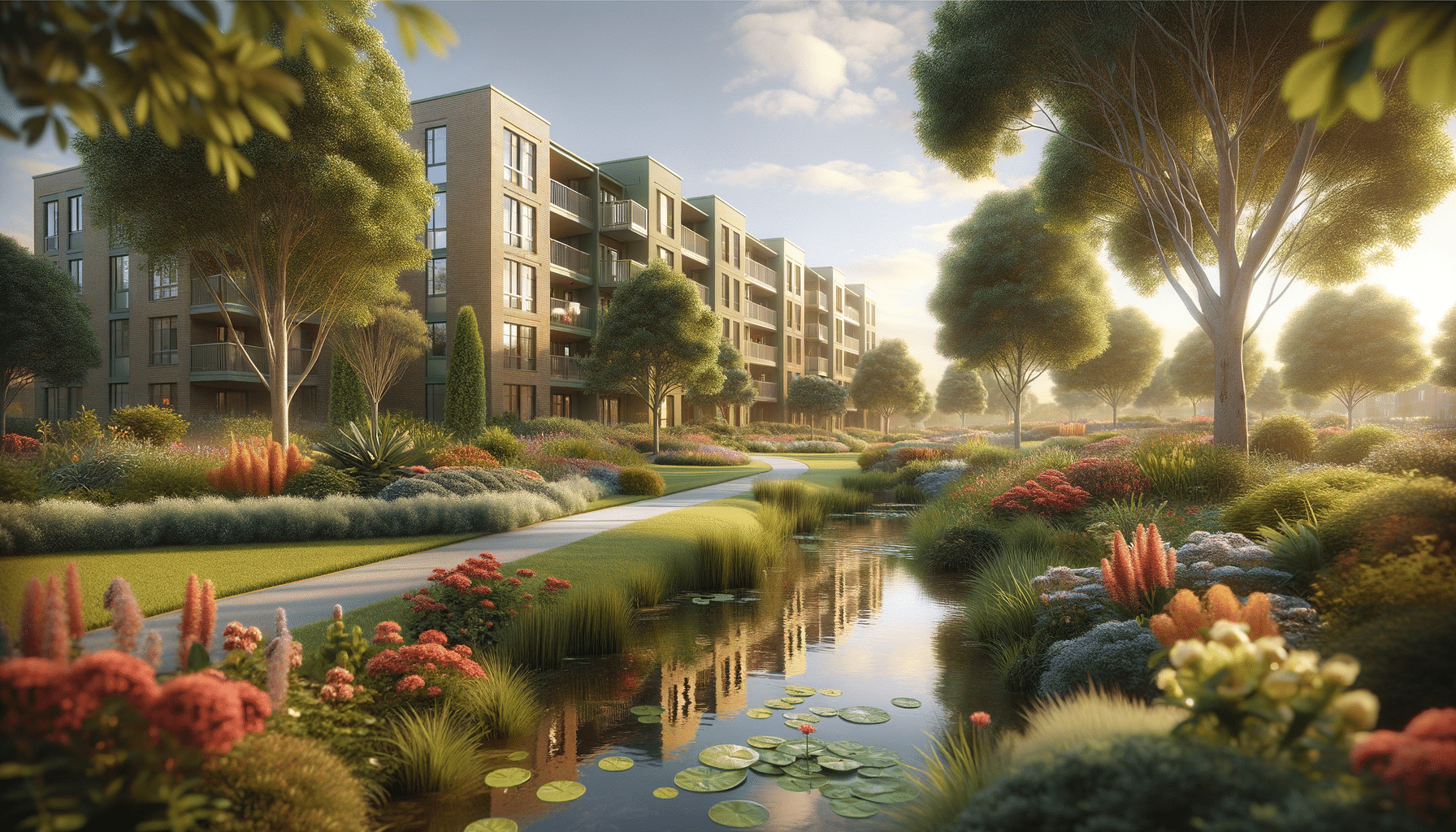
Why More Adults Are Exploring 55+ Apartment Living
The Allure of 55+ Apartment Living
As the population ages, the demand for housing that caters specifically to older adults has grown significantly. One of the top options for many is 55+ apartment living, which offers a unique blend of independence, community, and low-maintenance living. These communities are designed to provide a comfortable and convenient lifestyle, allowing residents to enjoy their golden years without the burdens of home ownership. The appeal of these apartments lies in their ability to offer a sense of community while maintaining the privacy and independence that many value.
One of the most compelling aspects of 55+ apartment living is the focus on community engagement. These apartments often host social events, classes, and activities tailored to the interests of older adults. This creates opportunities for residents to build friendships and engage in meaningful activities, which can significantly enhance their quality of life. Additionally, the proximity of similar-aged neighbors fosters a sense of camaraderie and support, creating a nurturing environment for all.
Furthermore, these communities are often situated in serene locations that offer easy access to essential services, recreational facilities, and healthcare. This strategic placement ensures that residents can enjoy a fulfilling lifestyle without the hassle of long commutes or travel. The emphasis on accessibility and convenience is a major draw for those looking to simplify their lives while maintaining an active and engaged lifestyle.
Benefits of Low-Maintenance Living
Low-maintenance living is a key feature of 55+ apartment communities, providing residents with the freedom to enjoy life without the constant demands of home upkeep. This lifestyle shift is particularly appealing to those who wish to downsize and eliminate the burden of home maintenance tasks such as lawn care, repairs, and seasonal upkeep. By choosing low-maintenance living, residents can focus on what truly matters to them, such as hobbies, travel, and spending time with loved ones.
One of the key advantages of low-maintenance living is the peace of mind it offers. Without the need to worry about property maintenance, residents can enjoy a stress-free lifestyle. This is particularly beneficial for those who may have mobility challenges or health concerns that make traditional home maintenance difficult. The assurance that repairs and upkeep are handled by professionals allows residents to live more comfortably and confidently.
Moreover, low-maintenance living often translates to financial savings. With fewer expenses related to home repairs and maintenance, residents can allocate their resources to other areas of interest, such as leisure activities or travel. This financial flexibility is an attractive feature for many older adults who are looking to maximize their retirement savings while enjoying a high quality of life.
Design Features of 55+ Apartments
55+ apartments are thoughtfully designed with the specific needs of older adults in mind. These residences often include features that enhance safety, accessibility, and comfort, ensuring that residents can live independently for as long as possible. Key design elements may include wider doorways, grab bars in bathrooms, non-slip flooring, and step-free access, all of which contribute to a safer living environment.
In addition to safety features, these apartments often boast modern amenities that cater to the lifestyle preferences of older adults. Common amenities may include fitness centers, swimming pools, community gardens, and clubhouses where residents can gather for social events and activities. These amenities are designed to promote an active and engaged lifestyle, encouraging residents to stay physically and socially active.
Furthermore, the layout of 55+ apartments often prioritizes open spaces and natural light, creating an inviting and homely atmosphere. The focus on creating a warm and welcoming environment is evident in the attention to detail in both the individual units and the communal areas. This thoughtful design approach ensures that residents feel comfortable and at ease in their living spaces.
Community and Social Opportunities
One of the standout features of 55+ apartment communities is the abundance of social opportunities they provide. These communities are designed to foster social interaction and community engagement, offering a variety of events and activities that cater to diverse interests. From book clubs and art classes to fitness groups and gardening clubs, there are numerous ways for residents to connect with their neighbors and form lasting friendships.
Social interaction is a crucial component of overall well-being, particularly for older adults. Engaging in community activities can help combat feelings of loneliness and isolation, which are common challenges faced by many as they age. By providing a supportive and inclusive environment, 55+ apartment communities play a vital role in enhancing the social lives of their residents.
Moreover, these communities often have dedicated staff who organize and facilitate events, ensuring that there is always something happening for residents to participate in. This organized approach to social engagement not only enriches the lives of residents but also helps build a strong sense of community and belonging. The emphasis on social opportunities is a key factor in why many older adults are drawn to 55+ apartment living.
Financial Considerations and Planning
When exploring 55+ apartment living, financial considerations are an important aspect to evaluate. While these communities offer numerous benefits, it’s essential for potential residents to assess their financial situation and plan accordingly. Understanding the costs associated with 55+ apartments, including rent, utilities, and any additional fees for amenities or services, is crucial for making an informed decision.
Many 55+ apartment communities offer a range of pricing options to accommodate different budgets. Some may offer rental units, while others might provide opportunities for purchasing or leasing. This flexibility allows residents to choose a financial arrangement that best suits their needs and long-term goals.
Additionally, it’s important to consider the potential financial savings that come with low-maintenance living. With fewer expenses related to home upkeep and repairs, residents may find that their overall cost of living is reduced. This can free up funds for other pursuits, such as travel, hobbies, or healthcare expenses.
Overall, careful financial planning and consideration are essential when transitioning to 55+ apartment living. By evaluating their financial situation and understanding the costs involved, older adults can make a well-informed decision that aligns with their lifestyle and financial goals.


